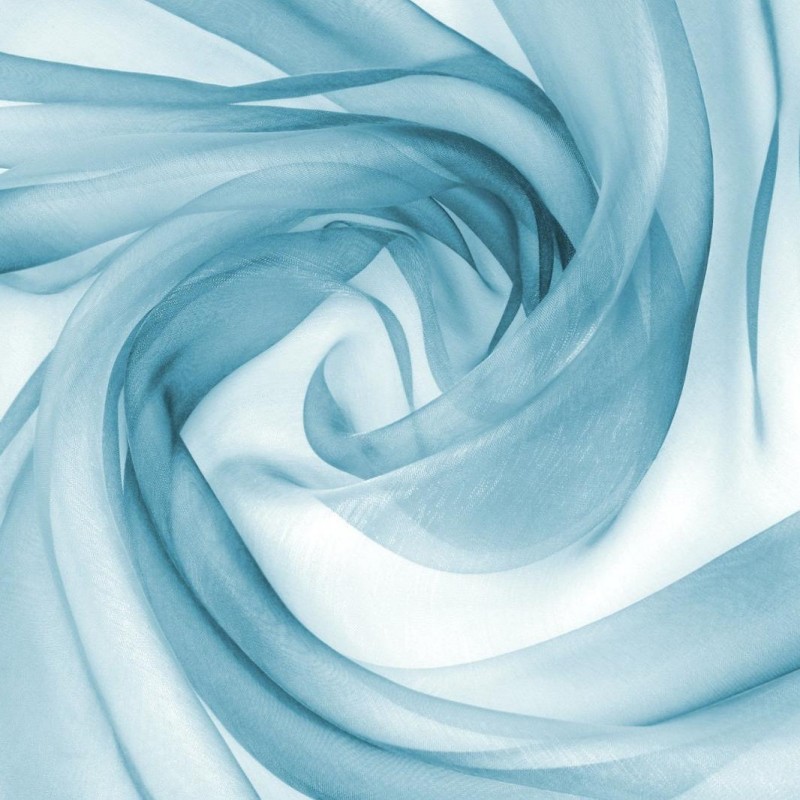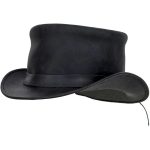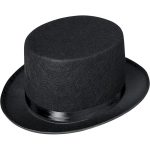Greenhouses are essential structures in the world of horticulture, providing a controlled environment for plants to thrive, regardless of external weather conditions. A significant aspect of greenhouse design is the choice of materials, specifically greenhouse fabrics. These fabrics play a crucial role in regulating temperature, humidity, and light exposure, directly affecting plant health and growth. Understanding the different types of greenhouse fabrics, their properties, and their suitability for various applications is vital for any horticulturist or gardening enthusiast. This comprehensive guide will dive deep into the world of greenhouse fabrics, covering the various types available, the benefits of each, and essential tips for selecting the right fabric for your greenhouse needs. By the end of this article, you’ll be well-equipped to make informed decisions that can significantly impact the success of your greenhouse endeavors.
The Importance of Greenhouse Fabrics in Horticulture
The choice of greenhouse fabrics is paramount due to its direct influence on plant growth and overall greenhouse efficiency.
1. Light Transmission
One of the primary functions of greenhouse fabrics is to control the amount of light entering the structure.
- Photosynthesis Optimization: Plants rely on sunlight for photosynthesis, making it essential to select fabrics that allow adequate light penetration while filtering harmful UV rays.
2. Temperature Regulation
Temperature inside a greenhouse can vary greatly from outside conditions.
- Heat Retention: Efficient greenhouse fabrics help retain heat during colder months, ensuring plants remain warm and healthy.
- Cooling Effects: During hot weather, certain fabrics offer cooling effects, helping to maintain optimal temperatures for plant growth.
3. Humidity Control
Maintaining appropriate humidity levels is critical for plant health.
- Moisture Management: Some greenhouse fabrics can help retain moisture in the air while allowing excess humidity to escape, preventing mold and disease.
4. Protection from Environmental Factors
Greenhouse fabrics provide protection against adverse environmental factors.
- Wind and Rain Protection: These fabrics shield plants from harsh winds, heavy rain, and frost, reducing stress on plants and promoting healthy growth.
5. Pest and Disease Control
Selecting the right greenhouse fabric can also mitigate pest issues.
- Physical Barriers: Certain fabrics act as physical barriers against pests, reducing the likelihood of infestations while promoting a healthier growing environment.
Types of Greenhouse Fabrics
An array of greenhouse fabrics is available, each offering unique benefits tailored to different horticultural needs. Here are the most common types and their specific features.
1. Polyethylene Film
Overview: Polyethylene film is one of the most widely used greenhouse fabrics due to its affordability and versatility.
- Lightweight and Flexible: This material is light and easy to handle, making it suitable for various greenhouse structures.
- UV Resistant: Polyethylene films come with UV-resistant options to prolong their lifespan and enhance light transmission.
2. Polycarbonate Panels
Overview: Polycarbonate panels are solid sheets made from a durable plastic known for its excellent insulating properties.
- Longevity: These panels can last much longer than films, making them a worthwhile investment for serious gardeners.
- High Light Transmission: They allow high levels of light while providing superb thermal insulation.
3. Shade Cloth
Overview: Shade cloth is a specially designed fabric that reduces sunlight penetration.
- Diversity of Shading Options: Available in different percentages (from 30% to 90%), shade cloth can help in managing light exposure depending on plant species.
- Temperature Regulation: It is vital for controlling temperature inside the greenhouse and preventing plant stress during hot periods.
4. Shade Netting
Overview: Similar to shade cloth, shade netting also reduces sunlight but with different physical properties.
- Breathability: The mesh structure ensures air circulation while blocking a significant amount of harmful UV rays.
- Variety of Materials: Shade netting can be made from various materials, including polyethylene, polypropylene, and polyester.
5. Fabric Covers
Overview: Fabric covers are often used for portable greenhouses or garden tunnels.
- Easy Installation: Lightweight and easy to set up, these covers create temporary greenhouses that can easily be moved or adjusted.
- Airflow Benefits: Breathable fabric options allow air circulation without compromising the growing environment.
6. Glass
Overview: Glass has been a traditional choice for high-end greenhouses.
- Phenomenal Light Transmission: Glass allows nearly 100% light transmission, making it ideal for sun-loving plants.
- Durability: While heavier and more expensive, glass is long-lasting and provides excellent insulation.
Benefits of Using Greenhouse Fabrics
The right greenhouse fabric can provide countless benefits that enhance plant growth and streamline gardening efforts. Here are some of the most valuable advantages.
1. Improved Growth Conditions
Using the appropriate greenhouse fabric allows you to create an ideal environment for plant growth.
- Ease of Management: With the proper materials, you can control temperature, humidity, and light levels more effectively, encouraging faster and healthier growth.
2. Energy Efficiency
Efficient greenhouse fabrics can positively impact energy consumption.
- Reduced Heating Costs: By retaining heat during colder months, insulating materials lead to lower energy costs for maintaining ideal growing environments.
3. Extended Growing Seasons
Certain greenhouse fabrics allow for extended growing periods.
- Frost Protection: Using fabric covers can protect plants from frost and freezing temperatures, enabling early planting in the spring and prolonged harvesting in the fall.
4. Economic Advantages
Investing in quality greenhouse fabrics can yield long-term financial benefits.
- Increased Yields: Optimal growth conditions promote healthier plants and higher yields, leading to greater profits for commercial growers.
5. Adaptability
The vast range of available greenhouse fabrics allows for adaptability to various climates and environmental conditions.
- Customized Solutions: From hot climates to cold winters, selecting the right fabric can help you tailor your growing environment to suit specific needs.
Considerations When Choosing Greenhouse Fabrics
When selecting greenhouse fabrics, several factors should be considered to ensure an optimal choice. Understanding these factors will help you make an informed decision.
1. Climate Conditions
Begin by assessing your local climate conditions.
- Temperature Fluctuations: Consider whether the greenhouse will be used year-round or just for specific seasons, as some fabrics may be better suited to extreme conditions.
2. Type of Plants
Consider the type of plants you intend to grow.
- Specific Needs: Certain plants require specific light levels, humidity, and temperature, which may affect your choice of greenhouse fabric.
3. Budget
Evaluate your budget before making decisions.
- Balancing Quality and Cost: While higher-quality fabrics may have a higher initial cost, they can lead to cost savings in the long run due to durability and energy efficiency.
4. Installation Ease
Consider the ease of installation as a key factor.
- DIY or Professional Setup: Some fabrics may be better suited for DIY installations, while others might require professional assistance.
5. Maintenance Requirements
Research the maintenance needed for different types of fabrics.
- Cleaning and Care: Some materials may require more frequent cleaning or special maintenance, while others are virtually maintenance-free.
6. Environmental Impact
Consider the environmental effects of your chosen fabric.
- Sustainable Options: Explore eco-friendly greenhouse fabrics that minimize plastic waste and environmental harm.
How to Maintain Greenhouse Fabrics
Proper maintenance of greenhouse fabrics extends their lifespan and ensures optimal functionality. Here are some essential tips for proper care:
1. Regular Cleaning
Keeping your greenhouse fabrics clean is vital for maintaining their effectiveness.
- Gentle Cleaning Solutions: Use mild soap and water to wipe away accumulated dirt or debris, being cautious not to use harsh chemicals that could degrade the material.
2. Inspect for Damage
Regularly inspect your greenhouse fabrics for any signs of damage.
- Prompt Repairs: Address any tears or punctures promptly to prevent further deterioration and loss of efficiency.
3. Seasonal Care
Perform seasonal maintenance checks, particularly before the growing season begins.
- Readiness for Use: Ensure that all fabrics are securely in place, clean, and intact before introducing plants into the greenhouse.
4. Proper Storage
Store unused greenhouse fabrics correctly to prolong their life.
- Cool and Dry: Keep materials in a cool, dry place, ensuring they are free from moisture that could promote mold growth.
Cost of Greenhouse Fabrics
Understanding the financial aspect of greenhouse fabrics is crucial, as costs can vary widely based on numerous factors.
1. Pricing Factors
Several components contribute to the cost of greenhouse fabrics, including:
- Material Quality: As mentioned earlier, premium materials like polycarbonate and glass tend to be more expensive than basic polyethylene films.
- Brand Reputation: Well-known brands may charge more for their greenhouse fabrics due to their trusted reputation and quality assurance.
- Size and Coverage: The level of coverage you require also matters; larger sheets of fabric or more complex structures will invariably lead to higher costs.
2. Average Price Ranges
Though prices can fluctuate based on various conditions, here are some general guidelines covering average prices observed in the market:
- Polyethylene Film: The costs typically range from 0.10to0.50 per square foot, making it one of the most affordable options.
- Polycarbonate Panels: The average price can range from 2.00to5.00 per square foot depending on thickness and quality.
- Shade Cloth: Prices can range from 0.50to2.00 per square foot, according to shading percentage and material quality.
- Glass: Expect to pay between 5.00to10.00 per square foot for quality glass options.

Conclusion
In summary, greenhouse fabrics play a pivotal role in successful horticulture and plant care. Understanding how to choose the right fabric, recognize its benefits, and properly maintain it can lead to healthier plants and enhanced growing conditions. From affordable polyethylene films to premium glass panels, the market offers an array of options suited for various needs and budgets.
When determining how much greenhouse fabrics can cost, remember to consider factors such as material, brand, size, climate, and desired usage. By making educated choices, you can create the ideal environment for your plants, ensuring their optimal growth and health.
With the information presented in this guide, you are now well-equipped to explore the world of greenhouse fabrics, shop wisely, and cultivate your dreams in a flourishing greenhouse that meets your specific horticultural needs.

